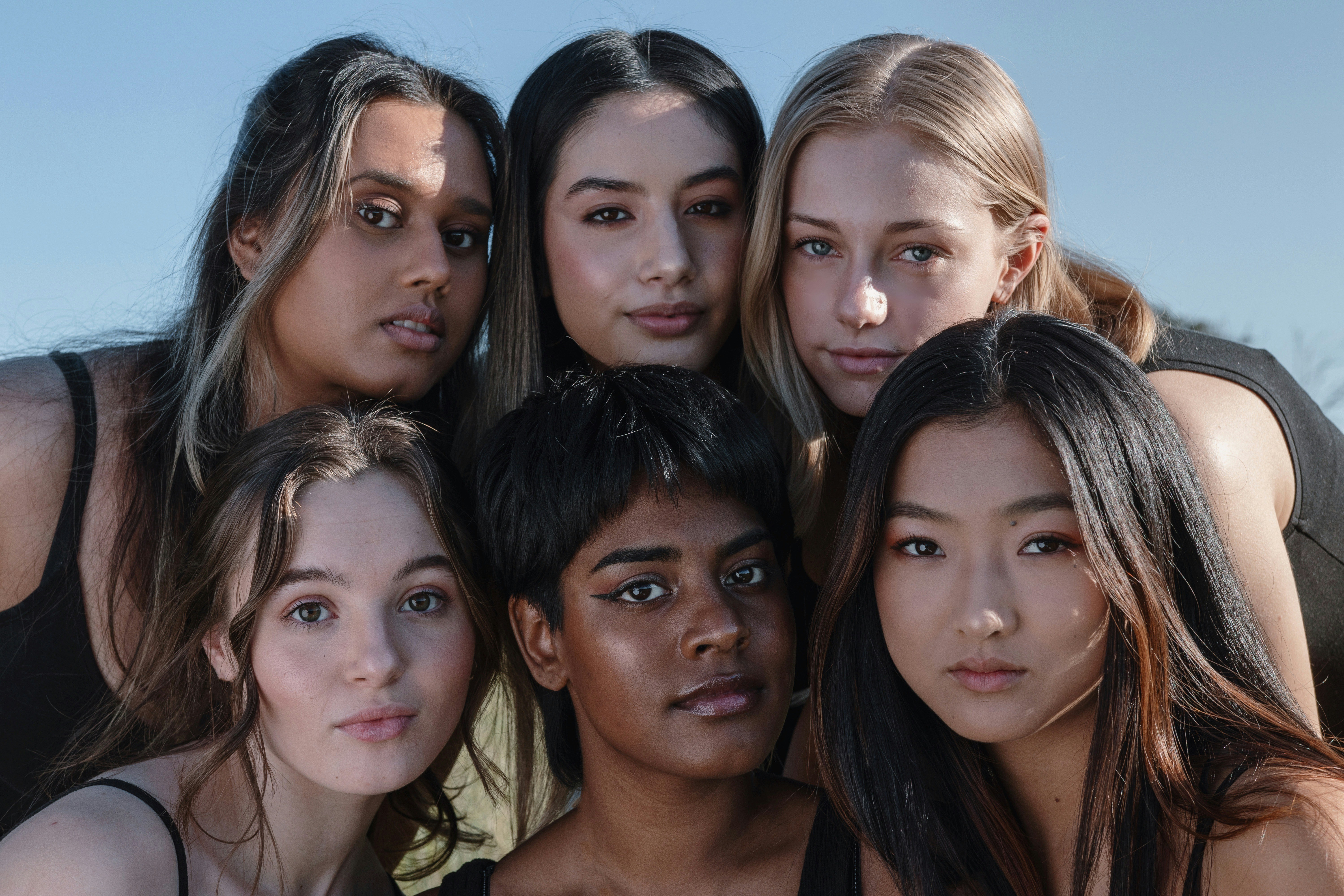What Is Ethnographic Research in Creative Fields?
by WriteSeen
Ethnographic research in creative fields uncovers the deeper heartbeat of artistic worlds by closely observing creators within their natural environments.
It captures the subtle cultural nuances and social nuances that influence creative output. This approach offers unique insights into the creative journey, revealing how societal dynamics shape art. Begin exploring the power of ethnography to enhance creativity with the perspectives below.
Understanding Ethnographic Research
Ethnographic research—it's the secret sauce for understanding the depth and dynamics of creative fields. It’s like opening a door to the inner workings of culture, art, and society, using authentic insights. Instead of relying on numbers or surveys, this approach focuses on living and experiencing the environment firsthand.
You spend time listening, observing, and engaging with the community you're studying. By diving deep into the everyday activities, you unlock the nuances of how art and creativity thrive in real life. Ethnography isn’t just about what's visible; it's about understanding the unspoken rules and rituals that shape artistic expression. In this enlightening journey, you can see how culture and creativity intertwine, something not achievable through traditional research methods.
What Makes Ethnographic Research Stand Out?
- Participant Observation: Being on the ground and part of the action provides you with unique insights, helping you see things that outsiders might miss.
- Interviews and Conversations: These unveil personal stories, adding layers of depth to understanding creative motivations.
- Contextual Understanding: Ethnography captures the nuances of a community's life, offering a vantage point that extends beyond numbers and graphs.

The Importance of Ethnography in Creative Work
Ethnographic research is vital for anyone diving into creative endeavors. It doesn't just reveal how art forms or styles develop—it showcases the heartbeat of communities and their cultural expressions. As creatives, understanding this allows you to draw genuine inspiration and craft works that resonate on a human level.
Cultural landscapes directly impact the ways you might choose to innovate, collaborate, or even share your creations. Imagine the powerful leap you could take if you knew the cultural context your work thrived in. This research is like a GPS, guiding creatives through uncharted territories, opening doors to innovative ways of seeing the world.
Why It's Essential:
- Fostering Authentic Creativity: Ethnographic studies offer insights that lead to more authentic and meaningful creative outputs.
- Inspiration and Innovation: Groundbreaking ideas emerge from understanding the cultural essence and underlying narratives.
- Informed Decision Making: When you comprehend the cultural backbone, making informed creative decisions that resonate globally becomes second nature.
Methodologies for Conducting Ethnographic Research in Creative Fields
Let’s delve into the methodologies that make ethnographic research in the creative realms tick. Understanding these helps you tailor your approach, ensuring you capture the essence of creativity in action.
Participant Observation
Start by immersing yourself. Actively participate in the community's daily life. Your involvement provides an insider's perspective. This hands-on observation is key to understanding how cultural dynamics and art forms intersect.
In-depth Interviews
Engage with individuals through casual, semi-structured conversations. It's a chance to delve deeper into personal experiences and cultural narratives. These insights often reveal the hidden mechanisms driving creative expression.
Field Notes and Artifacts
Recording observations and collecting artifacts give you tangible evidence of cultural behaviors. Field notes help you document the subtle shifts in artistic interactions, while artifacts offer a tangible connection to the cultural context.
Challenges of Ethnographic Research in Artistic Communities
Delving into ethnographic research is rewarding, yet it comes with its own set of challenges. Navigating these hurdles can significantly enhance your research effectiveness. Here's where you'll need a strategic approach.
Subjectivity vs. Objectivity
Staying unbiased is crucial but can be tough when you're embedded within the community. It's essential to recognize your subjective lens and maintain a balance—aim to gather genuine insights while checking your preconceptions at the door.
Cultural Gatekeeping
Breaking into close-knit artistic communities requires time and trust. Cultural gatekeepers might be hesitant, making patience and relationship-building skills invaluable. Your ability to demonstrate genuine interest and respect can be the key to gaining access.
Ethical Considerations
Every step of your research must respect ethical boundaries. Prioritizing privacy and obtaining informed consent is non-negotiable. Upholding ethics ensures the integrity of your findings and maintains the community’s trust.
Ethnographic research transforms theoretical understanding into lived experiences that resonate deeply.
Embarking on this journey can reshape your perspectives, but it demands a thoughtful and balanced approach. Embrace these challenges as stepping stones to a deeper understanding of creativity in context.

The Intersection of Art and Ethnography
The fusion of art and ethnography creates a dynamic landscape where research informs creative expression. This blend allows artists to draw on rich cultural insights, transforming them into compelling stories and visuals. By adopting ethnographic methods, creatives can explore themes with greater depth, crafting work that not only entertains but educates and challenges perceptions.
As an artist or creator, embedding ethnographic research within your practice enables you to tap into societal undercurrents. This approach elevates your work, transforming it into a mirror reflecting cultural truths. Artists take these rich narratives and weave them into their creations, addressing cultural identities and societal issues through nuanced lenses.
How Ethnography Enriches Artistic Practice
- Deepened Thematic Exploration: Ethnography enables artists to explore themes beyond surface levels, diving into cultural significance and historical context.
- Creation with Intent: By understanding the cultural backdrop, artists can create with purpose, ensuring their work resonates with authenticity.
- Enhanced Audience Engagement: Art informed by ethnography speaks to viewers on multiple levels, fostering deeper connections and eliciting profound emotional responses.
Case Studies: Ethnography in Creative Practice
Examining real-world applications of ethnography within the arts reveals its transformative power. These case studies highlight how research has sparked innovation and reshaped creative processes across various mediums.
Fashion and Cultural Storytelling
In the fashion world, designers use ethnographic methods to understand cultural attire deeply. They explore traditional garments, integrating these insights into contemporary designs that honor heritage while pushing creative boundaries. This approach not only respects the cultural origins but also enriches the narrative worn by individuals globally.
Digital Art and Subcultures
Digital artists often immerse themselves in online communities to capture evolving subcultures. By understanding the intricacies of these virtual spaces, creators capture the zeitgeist of digital movements, crafting art that resonates with those within and outside these digital realms.
Public Art and Community Voices
Artists collaborating with communities employ ethnography to ensure public artworks reflect local stories and perspectives. These projects often lead to installations that resonate deeply with their audiences, creating inclusive dialogue and shared cultural ownership.
Tools and Resources for Ethnographic Research
Conducting ethnographic research effectively requires a suite of tools and resources. From digital recording devices to specialized analysis software, these tools enhance both data gathering and interpretation, streamlining the research process to maximize insight and output.
Essential Tools for Ethnographic Research
- Recording Devices: Capture conversations and ambient sounds, preserving the authenticity of your research environment for future analysis.
- Analysis Software: Utilize programs like NVivo or Atlas.ti to organize and extract themes from qualitative data, providing a structured approach to discovery.
- Collaborative Platforms: Tools like Miro and Trello help in managing research projects, facilitating seamless collaboration across teams.
- Mobile Apps: Use applications that allow quick data capture on the go, ensuring no moment of creativity goes undocumented.
Conclusion
Ethnographic research in creative fields offers more than observation—it unlocks a deeper connection to the cultural forces shaping artistic expression. By immersing yourself in real-world environments, you move beyond theory and gain firsthand insights that bring context, meaning, and authenticity to your work.
Whether you’re a visual artist, writer, designer, or performer, ethnography provides a lens to explore stories that might otherwise remain hidden. It challenges assumptions, reveals patterns, and grounds creativity in lived experience—ultimately enriching both the creative process and the final product.
If you're ready to explore storytelling at a deeper level, join WriteSeen. Collaborate with a global community of creators who use ethnographic insight to shape more meaningful work. Share your voice, discover new perspectives, and let your creativity thrive in a space where culture and artistry meet.
TAGS